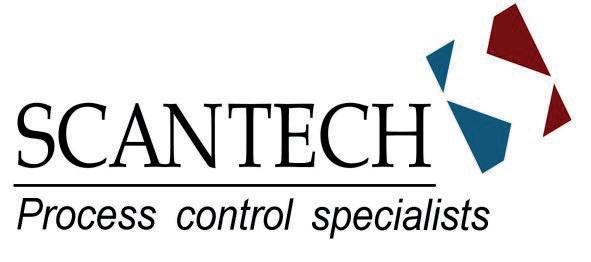
5 minute read
Unlocking Pakistan’s Energy Potential
Ali Iqtidar and Malik Ihtesham Haider, Sindh Engro Coal Mining Company,
Pakistan, outlines the development of the Thar coal mine project and how it aims to help bridge Pakistan’s power gap.
Pakistan currently generates approximately 37% of its electricity using oil, which is the most expensive source of power generation, while there is negligible reliance on coal reserves.
The Thar Desert, a natural boundary between India and Pakistan, is largely undeveloped, despite being home to the seventh largest lignite coal reserves in the world (175 billion t). The abundance of these reserves has the potential to produce 100 000 MW of electricity for the next 200 years, and yet the contribution of coal is very marginal in Pakistan’s energy mix.
The overall objective of developing the Thar coal mine at Block II is to generate electric power from local coal resources, to decrease the country’s reliance on imported coal, and to contribute towards bridging the gap between electricity supply and demand.

The project
Thar Coal Mining project is being undertaken by Sindh Engro Coal Mining Co. (SECMC) – a joint venture agreement between the Government of Sindh, Engro Energy Ltd, and its partners. The total allocated area of 95.5 km2 has been leased to SECMC for 30 years, further extendable to another 30 years for the extraction of coal. The project is categorised as an ‘early harvest’ project by the
China–Pakistan Economic Corridor (CPEC) to generate electricity utilising Thar’s untapped coal reserves.
In 2012 – 2013 RWE developed the bankable feasibility study for a mine size of 3.8 million tpy (Phase 1), which concluded that the project is technically, commercially, environmentally, and socially feasible. In 2016, SECMC engaged Xenith Consultants who developed a competent person statement, in accordance with JORC Code for the Lignite Resources in Block II, reporting that the total resources are 2.4 billion t.
Health, safety, and environment systems that are implemented at the Thar coal mine are benchmarked against Queensland best practices and is the first mine globally to achieve ISO-45001 certification. Thar coal mine is also certified on ISO-9001, ISO-14001, and ISO-17025. In addition, the mine is complying with all applicable national health and safety laws. Detailed Environmental and Social Impact Assessment studies have been conducted for both mining and power projects in Block II by international consultants; SRK-UK and Hagler Bailly. As per the latest environmental audit report, the mining project is fully compliant with NEQS and SEQS standards, while the power project also fulfils International Finance Corporation guidelines on emissions, indicating that present CO2 emissions from Thar coal combustion are negligible.
Mine development
The 3.8 million tpy (Phase 1) mine commercial operations date (COD) was achieved in July 2019, and the coal is being sized through crushing stations, transferred to stacker/reclaimers, truck loading silos, and then supplied to mine mouth power plant (2 x 330 MW). Thar coal mine is on track to achieve its Phase 2 COD in September 2022, which will expand the mine to 7.6 million tpy, adding another 2 x 330 MW of power generation capacity. Phase 3 mining operations will commence in 2023, targeting the expansion of the mine to more than 12 million tpy.
The first two phases of the mine are being operated with a shovel and truck method with 7 m3 and 60 t capacity respectively, whereas Phase 3 mine will include 12 m3 shovels and 100 t trucks, which has delivered 11 million t of coal supply to the power plants so far. In the later phases of the mine, the combination of bucket wheel excavators with shovels and trucks technology will be adopted. The mine is equipped with a production monitoring system and conventional slope monitoring mechanism, however there are plans to install a LIDAR based slope monitoring system in 2023. SECMC team has adapted advanced globally used mining tools for the purpose of mine designing, scheduling, drone 3D image processing, slope stability assessments, as well as resource and groundwater modelling. The mine has also installed a 5 MW solar plant, producing clean energy and reducing emissions by replacing diesel used for mining site power generation.
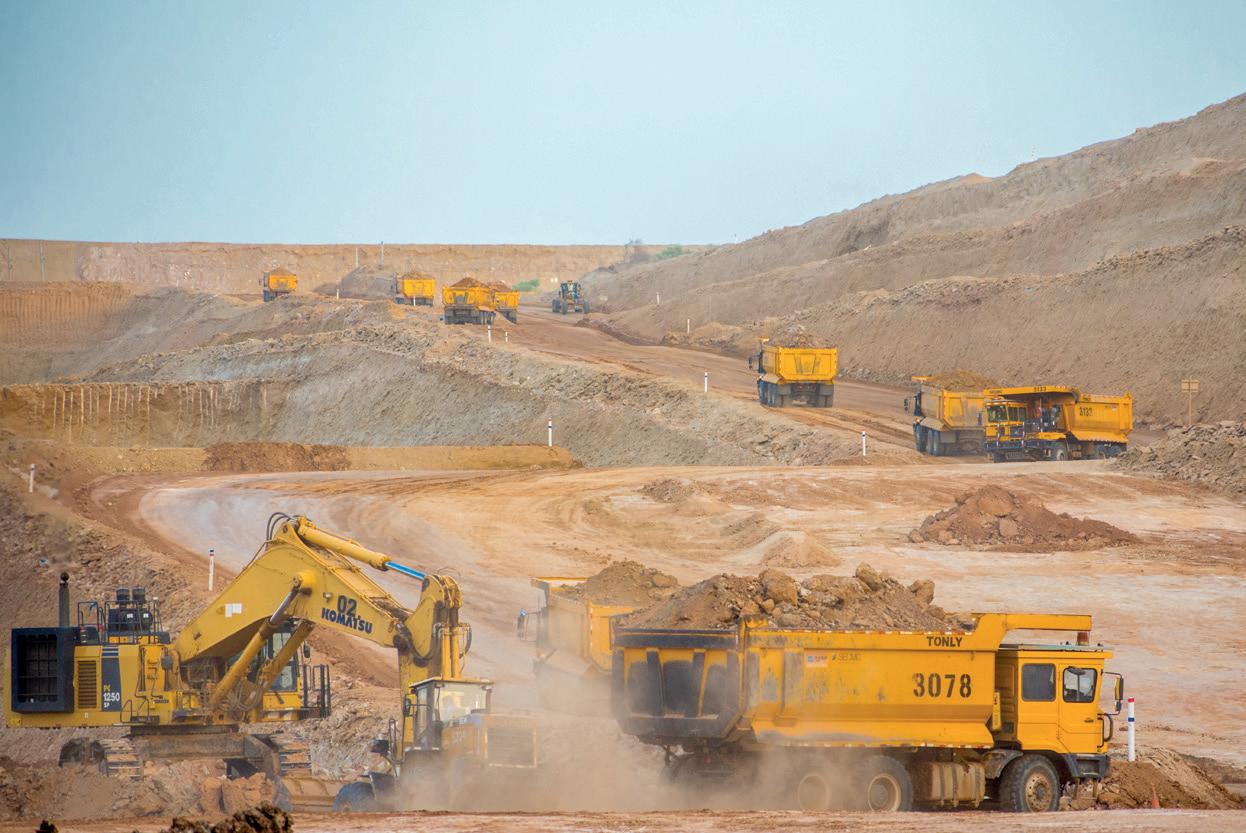
Figure 1. Overburden removal and transportation to expit dump.
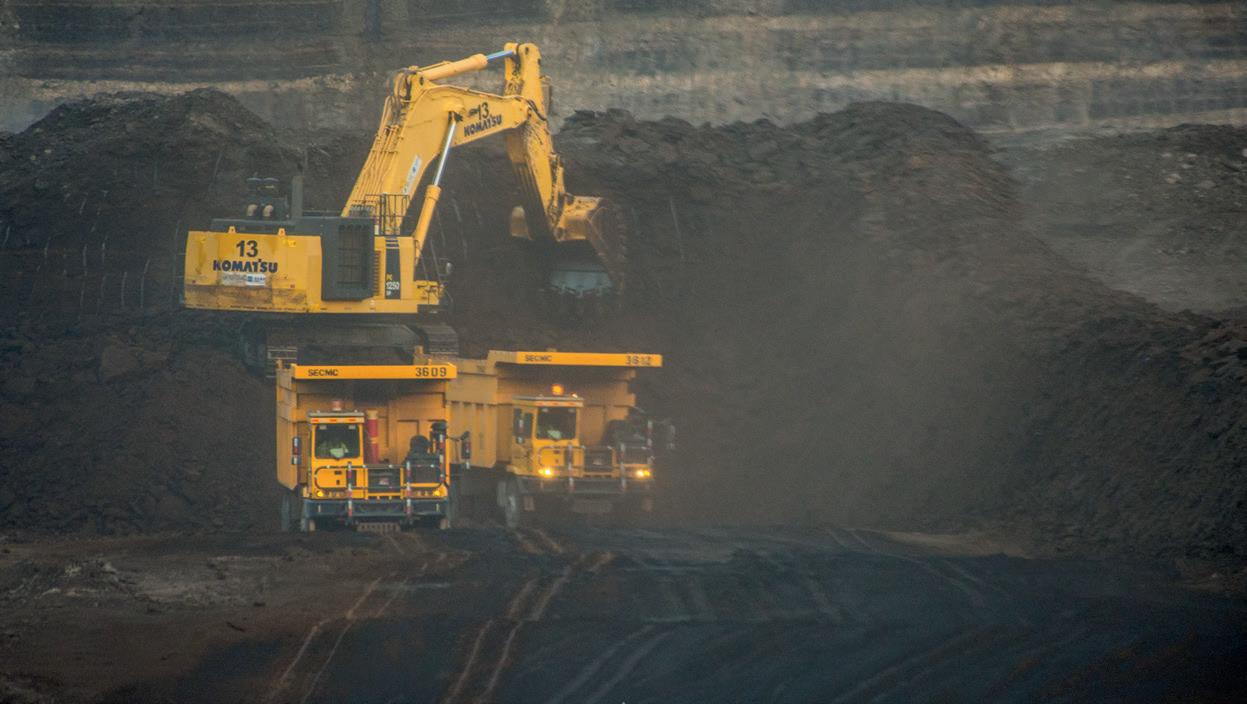
Figure 2. Coal production from the thickest coal seam.
Groundwater extraction and disposal
Thar block II generally consist of three underground aquifers. Since all the coal seams/sequence are interbedded between the coal seam roof and coal seam bottom aquifer, a robust dewatering network has been installed and made operational, which includes several submersible and centrifugal pumps. The overall dewatering volumes extracted since the start of dewatering operations (April 2017) to date are 164 million m3. A key element of water management is the use or disposal of the pumped water. The dewatering volumes from mine are
presently being utilised in the Thar million tree program (1.05 million trees planted to date) and bio-saline agriculture projects, located within mining periphery to offset the carbon footprints and cumulatively contribute for strengthening all three pillars of sustainability.
Nearly half of the disposed-off groundwater volume influx (from mine to Gorano pond) has now been directly diverted to mine mouth power plants after their recent commissioning. The remaining groundwater volumes are being used as part of mining operations – such as water sprinkling and dust suppression – anything remaining is disposed-off through a 26 km long pipeline to the Gorano pond (5.79 km2 area), located within Thar region. Because of the disposal of mine groundwater to Gorano pond, various fish species have been farmed in the pond leading to the significant development of biological diversity and foster attraction of avifauna and other varieties in the Thar desert area.
Conclusion
Tharparker is the home for indigenous fuel that has the power to make Pakistan self-reliant in the
Figure 3. Coal transportation for coal handling system. energy sector. Exploring and exploiting local coal reserves is the cost-effective solution to reduce the energy deficit. Expanding the Thar Coal Mine at Block II to more than 12 million tpy will make coal the cheapest available fuel for power generation in Pakistan. The Thar coal mine has the potential to benefit Pakistan avoid importing coal, reduce its energy import cost, save its foreign exchange reserves, and deliver the affordability essential for an industrial and economic revival.
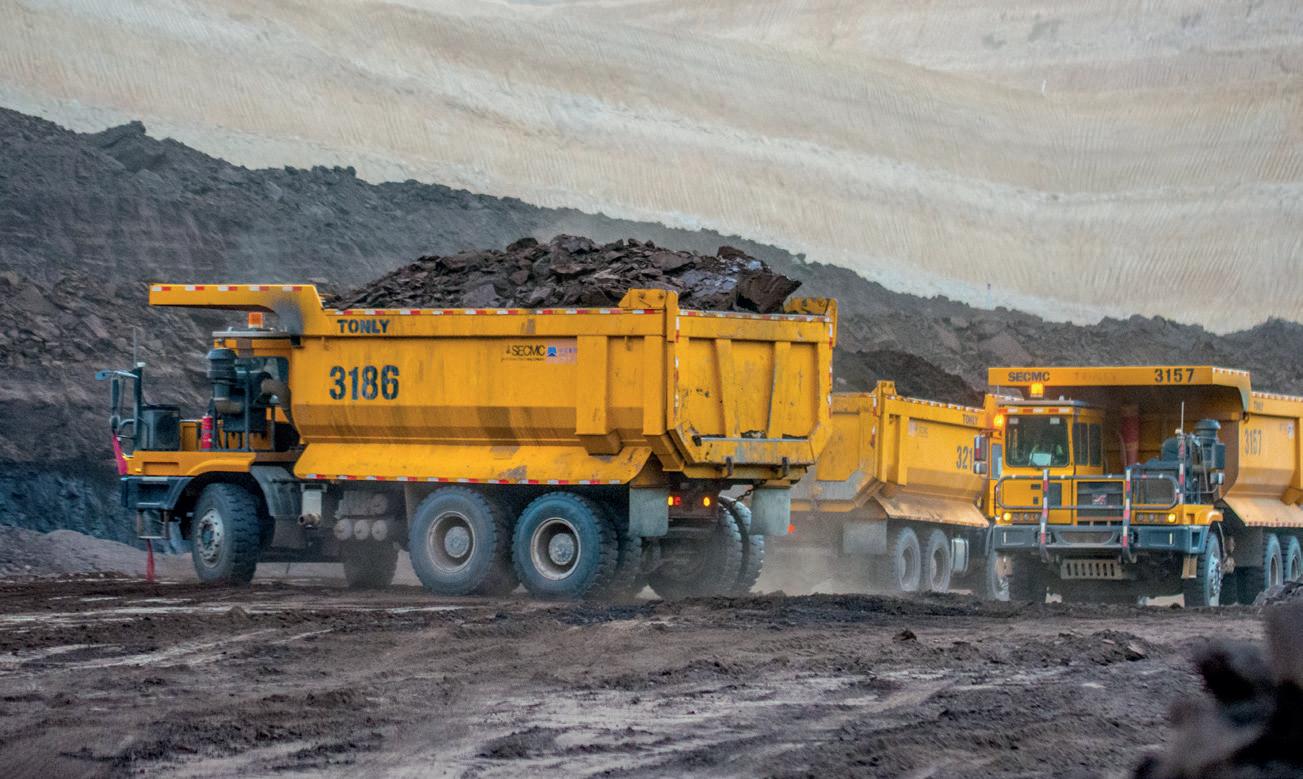
On-Belt Real Time Coal Analysers
Saving you coal blending, sorting and monitoring headaches!
Ash, Specific Energy, Sulphur Moisture Over 1,000 installations worldwide Accurate and reliable results Low maintenance, remote support Serviced by local engineers Guaranteed performance
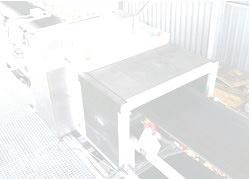
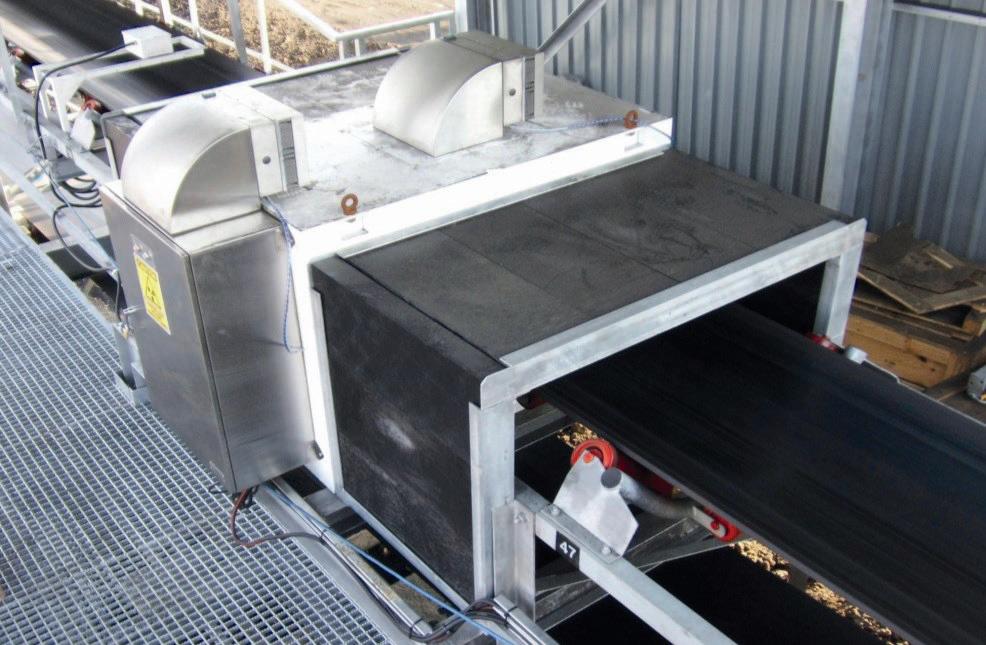
Making your process control easy
